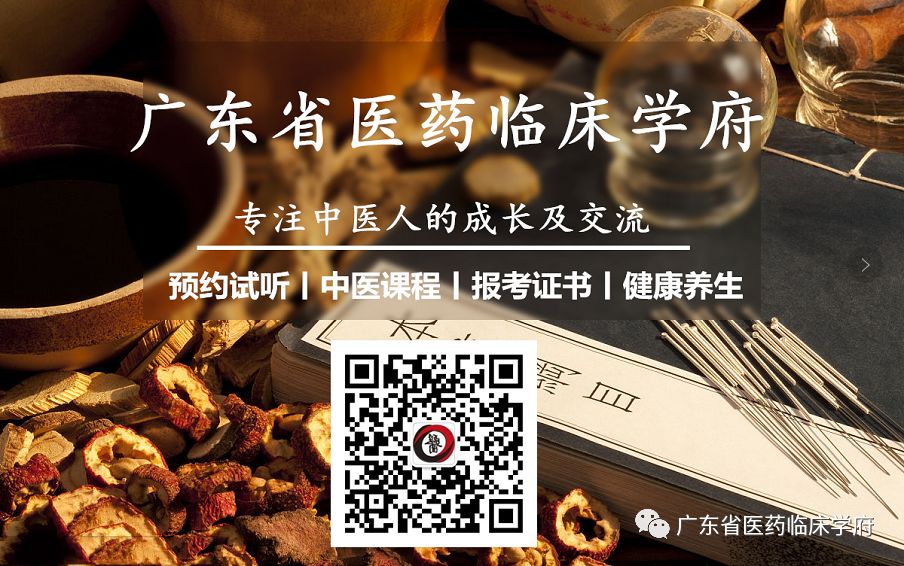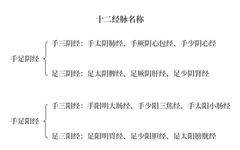 Click the blue text to follow us
Click the blue text to follow us
In clinical practice, when we use acupuncture points or mention meridians, we often refer directly to the name of an organ or a viscera, such as “Lung Meridian” (肺经, Fei Jing) or “Large Intestine Meridian” (大肠经, Da Chang Jing).
However, when learning Traditional Chinese Medicine (TCM) and the meridians, it is not difficult to find that the names of the twelve meridians are actually composed of three parts: Hand and Foot, Yin and Yang, Organs and Viscera.
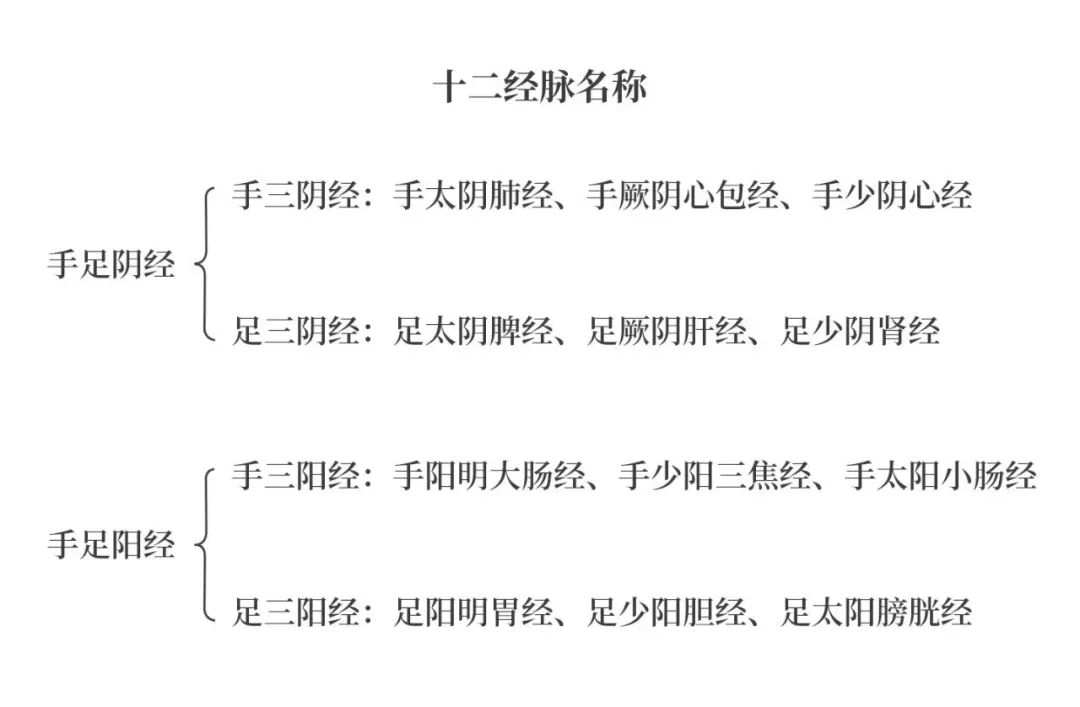
01Organs and Viscera
The twelve meridians have specific connections with the six organs (脏, zang) and six viscera (腑, fu) of the human body, which are represented by the terms “belonging to” (属, shu) and “connecting to” (络, luo). The meridian that directly connects to an organ or viscera is called “belonging to” and is named after that organ or viscera; while the meridian of the belonging organ or viscera connects to its corresponding exterior or interior organ or viscera, this connection is called “connecting to”. For example, the Hand Taiyin Lung Meridian (手太阴肺经, Shou Taiyin Fei Jing) is named after the “Lung”, indicating that this meridian belongs to the Lung and connects to the Large Intestine; the Hand Yangming Large Intestine Meridian (手阳明大肠经, Shou Yangming Da Chang Jing) is named after the “Large Intestine”, indicating that this meridian belongs to the Large Intestine and connects to the Lung.
However, some students may wonder why we only learned eleven organs and viscera when studying the Zangxiang (藏象) theory, but now we are discussing twelve meridians involving twelve organ names. The reason is the addition of the Pericardium. The Pericardium is also known as the Pericardial Meridian or the “Envelope” (包络, bao luo), thus forming a pairing of six organs with six viscera. Previously, we discussed the interior-exterior relationships of the five organs and six viscera, namely the Liver with the Gallbladder, the Heart with the Small Intestine, the Lung with the Large Intestine, the Spleen with the Stomach, and the Kidney with the Bladder. Now we can also include the Sanjiao (三焦) and the Pericardium as corresponding pairs. Therefore, twelve organs and viscera are used to name the twelve meridians.
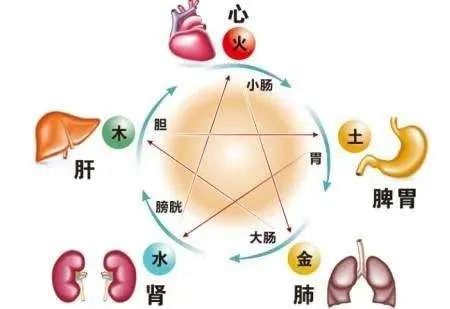
02Hand and Foot
In terms of the pathways of the meridians, those distributed in the upper limbs are called Hand Meridians, while those in the lower limbs are called Foot Meridians. There are six meridians in the Hand, namelyThree Yin of the Hand (手三阴, Shou San Yin) and Three Yang of the Hand (手三阳, Shou San Yang); there are also six meridians in the Foot, namely the Yin of the Foot and Three Yang of the Foot.
Thus, the meridians primarily distributed in the upper limbs are referred to as “Hand… Meridian”; those primarily distributed in the lower limbs are referred to as “Foot… Meridian”. For example, the Hand Taiyin Lung Meridian (手太阴肺经, Shou Taiyin Fei Jing) is named “Hand” indicating that this meridian is primarily distributed in the upper limb; the Foot Taiyin Spleen Meridian (足太阴脾经, Zu Taiyin Pi Jing) is named “Foot” indicating that this meridian is primarily distributed in the lower limb.
03Yin and Yang
Firstly, according to the theory of Yin and Yang, organs are Yin, while viscera are Yang; the interior is Yin, and the exterior is Yang. Among the twelve meridians, those belonging to viscera and distributed on the outer sides of the upper or lower limbs are called “Yang Meridians”; those belonging to organs and distributed on the inner sides of the upper or lower limbs are called “Yin Meridians”.
Secondly, based on the conditions of Yin and Yang flourishing or declining, Yin and Yang can be further subdivided into “Three Yin and Three Yang”, namely Taiyin (太阴), Shaoyin (少阴), Jueyin (厥阴) and Yangming (阳明), Shaoyang (少阳), Taiyang (太阳). Among these, Yangming is the most abundant, followed by Taiyang, and the least is Shaoyang; among Yin, Taiyin is the most abundant, followed by Jueyin, and the least is Shaoyin.
Additionally, the distribution pattern of the twelve meridians on the body surface is “more located in the front, less in the back, and the least in the middle”. The twelve meridians are predominantly distributed in the front, meaning that Taiyin and Yangming are in the front; fewer are in the back, with Shaoyin and Taiyang located in the back; and the least are in the middle, with Jueyin and Shaoyang, one having the least Yin energy and the other the least Yang energy, thus they are located in the center.
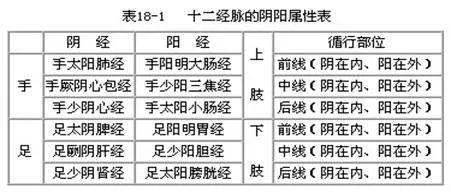
Moreover, since “the head is the meeting point of all Yang”, all six Yang meridians are distributed in the head; the Three Yang of the Foot meridians run from the head down to the feet, also passing through the trunk. The distribution of Yang meridians in the head and trunk still follows the pattern of Yangming in the front, Shaoyang in the middle (side), and Taiyang in the back.

Therefore, the composition of the twelve meridians consists of three Yin meridians of the hand, three Yang meridians of the hand, three Yin meridians of the foot, and three Yang meridians of the foot, totaling twelve meridians. Regarding the names of the twelve meridians, these twelve terms are fundamental concepts, and mastering them is essential. Sometimes we see terms like “Foot Taiyin Meridian” (足太阴经, Zu Taiyin Jing), we need to know it refers to the “Foot Taiyin Spleen Meridian” (足太阴脾经, Zu Taiyin Pi Jing).
 END
END
Follow the QR code video to learn for free (for those who have a teacher or have specific expertise)
Shanghan Lun (伤寒论), Wenbing Xue (温病学), Jin Kui Yao Lue (金匮要略), Huangdi Neijing (黄帝内经), Shennong Bencao Jing (神农本草经), Yijing (易经), Basic Theories of TCM, TCM Diagnosis, Chinese Materia Medica, Formulas, Acupuncture and Tuina, TCM Internal Medicine, TCM Gynecology, TCM Pediatrics, Meridian and Acupuncture Points… Anatomy, etc.
